Oh son, come back! Don’t go out for fun all day.
All the chopsticks are on the table, your favorite food is ready.
Flour and starch, all rolled to long strip.
Salty, hot and spicy: this is your fave.
Sirloin boiled soft and juicy.
Shallot piece floating on the soup homemade.
Sliced white radish tangled with white noodles.
Chili oil served on the side.
Your mom and dad sitting face to face, your pet waiting by the side.
Here is your favorite noodles, and here is your warm home.
I choose The Summons of the Soul to imitate. I choose this piece to imitate because the name of the poetry makes me think of my family. I was studying aboard for the most part of the year now. I only stay at home for vacations. When I went back to China, I often went out and spend time with my friends. Every time my mom would ask me if I would have dinner at home. If I said yes, they would prepare dinner for me. Sometimes they will make my favorite Beef soup noodles for me. However, I would often have dinner with my friends at restaurants. My parents will be disappointed if I said no. They want to have dinner with me. Sometimes I feel sorry for that, I should have spent more time with them. When I was imitating Qu Yuan’s poetry, I realized there are some unique things about the culture. 招魂,summons of the souls, is a Chinese traditions. In the past, Chinese believe that people have soul. If people did not died at hometown, their relatives should summon their souls back in order to rest in peace. In my culture, parents will expect children to come back home to have dinner together. Having dinner together is regard as an important family activity to get the whole family a chance to sit down, chat and enjoy the dinner. In Chinese culture, 家, which means family, is very important. A harmony family is regarded as the fundamental for everything else. There is a proverb, 家和万事兴,means that if you have a harmony family, everything will be prosperous. Qu Yuan embedded some unique Chinese food in the peom. In China, tortoise is served as a kind of delicious food, and he also mention soup of Wu, 吴羹, in his peom. While I mentioned chopsticks, the Chinese tableware used most commonly. Also, in Chinese peoms, writer tend to use the same sentence pattern. Qu Yuan use lots of repeated patterns, and I used repeated patterns to imitate his peom.

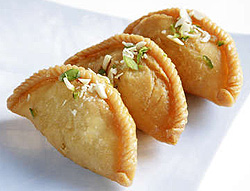 1. Gujiya
1. Gujiya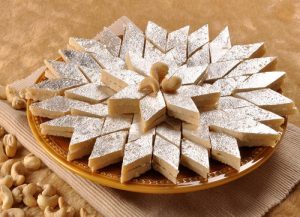 2. Barfi
2. Barfi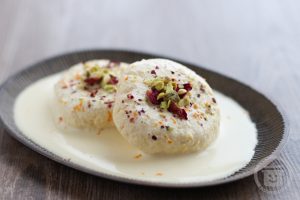 3. Ras Malai
3. Ras Malai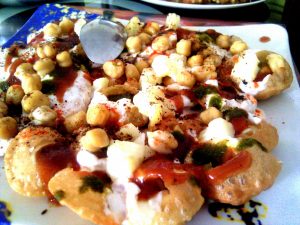 4. Papri Chaat
4. Papri Chaat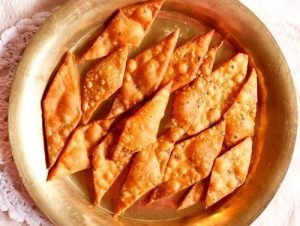 5. Namak Paare
5. Namak Paare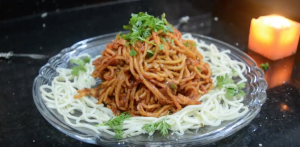 6. Pav-Bhaji Noodles
6. Pav-Bhaji Noodles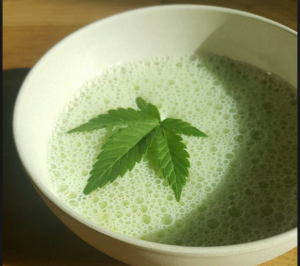 7.Bhaang/Thandai
7.Bhaang/Thandai